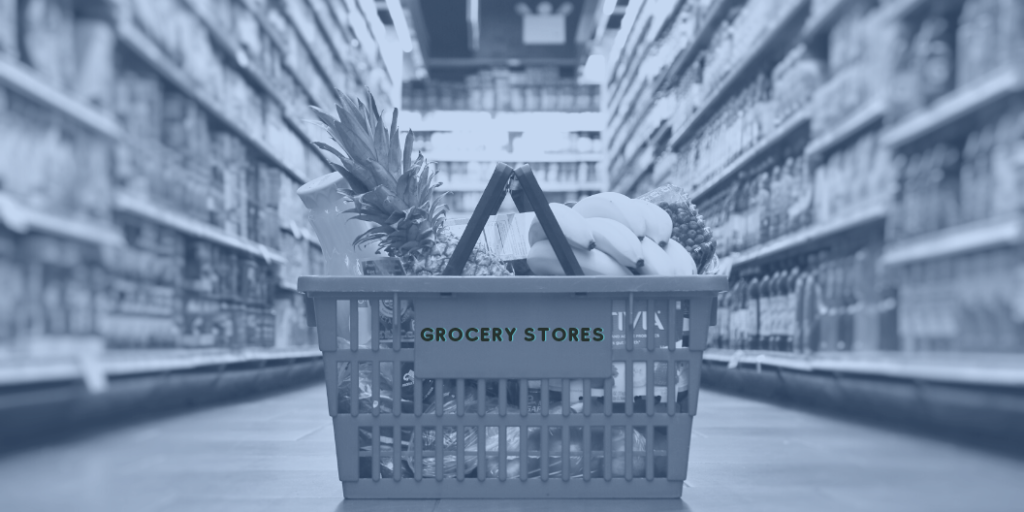There’s nothing particularly special about the Corelle service for 6 chip-resistant winter frost white 18-piece dinnerware sets. The dishes are solid white, and the set includes 6 dinner plates, 6 soup/cereal bowls, and 6 bread plates. If you went to Amazon right now, it would cost you $52.99.
Of course, if you wanted to be assured of the $52.99 price, you’d have to go right now. Back on September 4, Amazon would have charged you $76.49 for this exact set.

In fact, the price on the dishes changed seven times in August, ranging from about $70-$76. In July the price moved 10 times. It started out at around $59, dropped to $44.65 in mid-July, before crossing the $70 threshold in late July.
Over the last 6 months, this remarkably ordinary, plain white dish set has seen its price change 20 times. To those who pay close attention to Amazon, the fluctuating price is no surprise. Quartz, an online business magazine, reported by in 2015 that Amazon had changed the price of a fairly standard King James Bible over 100 times in five years.
All that price changing activity should provide pause to every online retailer. If Amazon, largely regarded as the king of retail, is changing its pricing on ordinary items with such a high degree of frequency, how often should you be following suit?
Why Are Amazon’s Prices Dynamic?
Amazon, as well as other retailers, are using dynamic pricing engines to adjust their prices on all their merchandise. These systems use complex algorithms, based on predetermined rules, to determine optimal price points at every point in the year. When demand drops for an item, prices drop to try and generate demand. As demand for items picks up, the prices increase as well.
Dynamic pricing engines factor in competitor prices and consumer behavior as well. Retailers like Amazon can have their pricing engine stay within a specified percentage of a competitor’s price, so when the competition advertises a sale item, Amazon can continue to offer competitive pricing.
The beauty of the system for retailers is the price can jump start sales when people aren’t interested in purchasing items and increase profit margins as the items move back in demand.
So, How Often Should You Change Your Prices?
Retailers should be open to changing their prices as often as needed. That could be twice a year or twice a day. Retailers who utilize dynamic pricing engines have the opportunity to stay ahead of the market, by factoring in corporate pricing strategy, analyzing consumer behavior patterns, and monitoring what the competition is doing.
Retailers of all sizes can learn the lessons from Amazon’s ordinary dish set, and continually tweak their pricing based on inventory turnover, competitive analysis, and sales data. Dynamic pricing platforms, including those developed by Quicklizard, allow retailers to combine artificial intelligence with rule-based directives. This ensures that the price point will meet consumer and market expectations, while adhering to goals and constraints set by the retailer.








